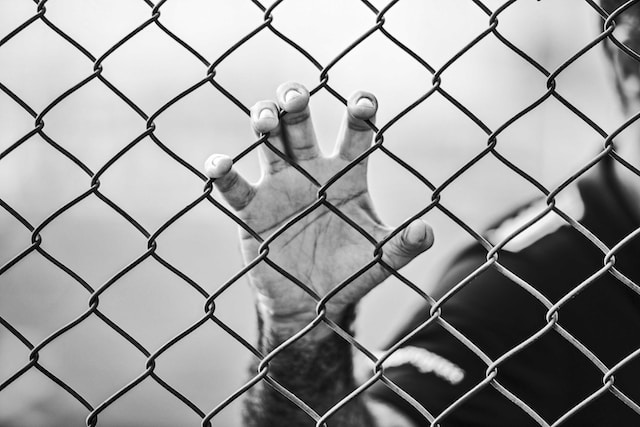Rabies is a deadly disease that affects the central nervous system of mammals, including humans. It is transmitted through the saliva of infected animals, usually through bites, scratches, or even licks on open wounds. Once symptoms appear, rabies is almost always fatal, making it crucial to understand how to recognize the symptoms in animals and take the necessary precautions to protect yourself and your loved ones.
The Impact of Rabies
Rabies is a global public health problem, with an estimated 59,000 human deaths per year, according to the World Health Organization (WHO). The majority of these deaths occur in Asia and Africa, where vaccination rates for both humans and animals are low.
In the United States, the incidence of rabies in humans has decreased significantly since the introduction of rabies vaccines and treatments in the 20th century. However, rabies remains a threat, with approximately one to three cases reported per year. Most cases are caused by exposure to bats, raccoons, skunks, and foxes.
Recognizing the Symptoms of Rabies in Animals
Recognizing the symptoms of rabies in animals is crucial to preventing the spread of the disease to humans. Here are some of the most common symptoms to look out for:
- Behavioral Changes: Rabies can cause sudden changes in an animal’s behavior, such as increased aggression, irritability, or restlessness. An animal that is usually friendly may become aggressive and attack without provocation. Conversely, an animal that is usually aggressive may become docile and withdraw.
- Excessive Salivation: Another common symptom of rabies is excessive drooling or salivation. This is often accompanied by difficulty swallowing and can lead to the animal appearing foamy around the mouth.
- Muscle Weakness: As the disease progresses, the animal may become weak and have difficulty walking or standing. This can be accompanied by trembling or shaking.
- Strange Vocalizations: Animals with rabies may make strange vocalizations, such as growling, barking, or even screaming. These sounds may be different from the animal’s usual vocalizations and may sound more hoarse or strained.
- Paralysis: In the later stages of the disease, the animal may become paralyzed, particularly in the hind legs. This can lead to the animal dragging itself along the ground or becoming unable to move at all.
Preventing the Spread of Rabies
If you suspect that an animal may have rabies, it is important to take the necessary precautions to prevent the spread of the disease. Do not approach or attempt to touch the animal, as this can put you at risk of being bitten or scratched. Instead, contact your local animal control agency or health department to report the sighting.
If you come into contact with an animal that may have rabies, seek medical attention immediately. The treatment for rabies includes a series of injections, usually given in the arm, over a period of 14 days. The injections contain antibodies that help your immune system fight the virus. This treatment is highly effective if administered before symptoms appear.
Conclusion
Rabies is a deadly disease that can be prevented through vaccination and awareness. Recognizing the symptoms of rabies in animals is crucial to preventing the spread of the disease to humans. If you suspect that an animal may have rabies, do not approach or attempt to touch the animal, and report the sighting to your local animal control agency or health department immediately. By taking preventative measures and seeking medical attention when necessary, it is possible to prevent and treat the disease. Remember, prevention is always better than cure when it









